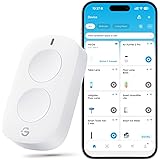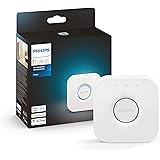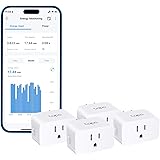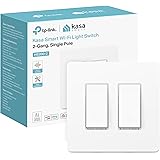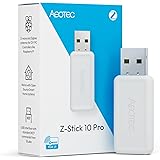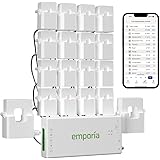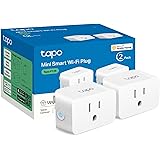
Home automation is a network of devices, appliances and systems that control and monitor each other. It allows homeowners to remotely control and manage many of their home’s appliances, lighting, entertainment and security features from a remote location. The ability to automate many different tasks and processes from a single location, often at the press of a button, is what has made this type of system so popular over the years.
Traditionally, home automation was a whole-home installation project that involved electricians and specialized installers. However, with the rise of the Internet and smartphones, home automation has become a lot more affordable and accessible to a wider range of consumers.
A home automation network is made up of a group of devices that communicate with an automated controller over a variety of mediums, including wireless networks and physical cables. This controller serves as a central hub, which is the point of entry for all your devices.
The communication protocols used in a home automation network are largely determined by the types of devices that are being controlled. Some of the more common technologies include Wi-Fi, Z-Wave, ZigBee and Insteon.
Wi-Fi is the most common protocol for connecting smart home devices, and it works over a wired home network (or a router). The downside to this protocol is that it has limited bandwidth, so it won’t be able to handle an abundance of connected devices. This may cause some smart devices to slow down, or to become unresponsive.
Z-Wave is another low-bandwidth, low-power wireless protocol that was developed specifically for home automation. It works over 2.4 and 915 MHz radio bands, and is a mesh networking technology that allows devices to send messages to other compatible Z-Wave accessories. This is a major benefit over non-mesh Wi-Fi networks, as it means that devices can be in range of each other without having to use up their own wireless capacity.
Mesh networks are also a lot faster than non-mesh networks because messages can pass between devices in range, and they’re typically less energy-intensive. They also enable multiple connections to a device, which can make it more convenient for you to install more than one accessory in your home.
ZigBee is another popular low-power wireless protocol for home automation, and it works over the 2.4 GHz band. It is a mesh network that uses multiple antennas to transmit messages. It also offers improved range and a faster data rate than its closest competitor, Wi-Fi.
X10 is another standard that has been around for a long time, but it has been losing ground to newer home automation standards. These systems are more versatile than X10, because they can incorporate both power-line and wireless communications into one network. They also allow you to control and monitor your home’s lighting from anywhere in the world, as long as you have an Internet connection.
Home automation is the next step in the movement toward what is known as the “Internet of Things.” It allows you to connect all your smart devices to a network and then monitor and control them from anywhere. It also saves you a lot of time and money by automatically adjusting your lights, heating, air conditioning, and other home automation devices based on your schedule. It makes your life easier, more comfortable and safer.

